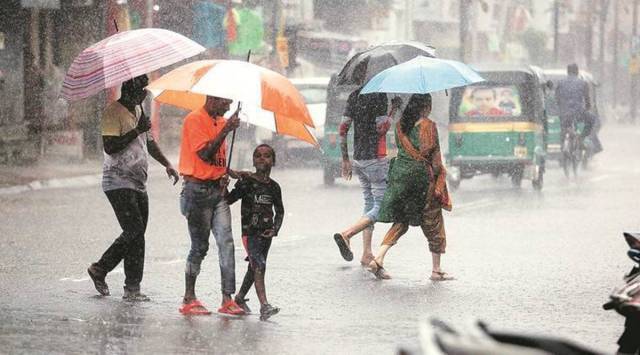US government agencies linked to the National Oceanic and Atmospheric Administration (NOAA) have, for a third successive month, reiterated the possibility of El Niño’s arrival later this year.
The update from late Thursday hints at El Niño’s formation by July-August 2023, effectively strengthening the predictions made in the previous two months.
In simple terms, El Niño is a weather pattern that occurs in the Pacific Ocean. Its opposite is the La Niña, and together, these phases form a natural climate cycle that can significantly impact weather and ocean conditions across the globe.
During El Niño, the waters in the east and central equatorial Pacific become unusually warm; vice-versa (abnormal cooling) is observed during La Niña. Apart from affecting ocean currents and fish populations, these phenomena impact wind flows and often result in more rainfall in some parts of the world while triggering droughts in others.
Normally, each phase is followed by a year or two of neutral conditions before the next one begins. This time, however, the recently-concluded three-year-long La Niña phase is expected to rapidly transition into El Niño. To contextualise this rarity, the last time a La Niña transitioned to an El Niño in the same calendar year was all the way back in 2009!
It remains to be seen how this switch impacts the Indian monsoon, but history tells us not to be too hopeful. That’s because El Niños are generally linked with poor southwest monsoon rains across India, and such below-average seasonal precipitation can have dire implications for the country’s kharif crop output.
This association was on display during the El Niño years of 2009, 2014, 2015 and 2018, all of which displayed poor monsoon performance. In contrast, the recently-concluded La Niña phase brought abundant monsoon rainfall across the country in the last 3-4 years.
Meanwhile, the India Meteorological Department (IMD) is yet to provide an official update about this projected transition. In its most recent update, it had indicated the prevalence of La Niña conditions over the equatorial Pacific region, adding that they were expected to weaken and turn neutral during the pre-monsoon season.
And with NOAA confirming the El Niño signal’s persistence for three successive months, it appears very likely that it will arrive by mid-2023. Experts remain cautious nevertheless, instead stating that a clearer picture will only emerge by April, when spring conditions in the Pacific can be taken into account. The Weather Channel





















